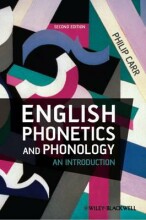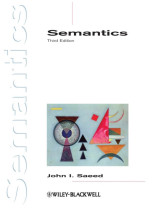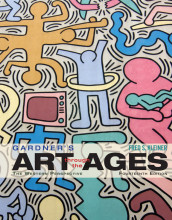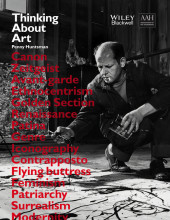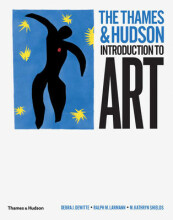A Revival of Ancient Greek and Roman Culture: The Renaissance
24 important questions on A Revival of Ancient Greek and Roman Culture: The Renaissance
Who was Poggio Bracciolini?
Which three characteristics of the Renaissance did Poggio Bracciolini define?
- In the Renaissance, monuments from the Antiquity were studied.
- Before, these monuments had been neglected.
- Before, people did not understand what these monuments were or represented.
What did Poggio Bracciolini try to make clear with his research on ancient Rome?
- Higher grades + faster learning
- Never study anything twice
- 100% sure, 100% understanding
Who was Flavio Biondo?
From when does the idea of the "Renaissance" originate?
What did Petrarch think of the medieval world?
Who was Giovanni Boccaccio?
Who was Giotto di Bondone?
Who was Pierre Belon?
Why were the Middle Ages called that way?
What is striking about Pope Pius II's name?
How were Biblical scenes portrayed in Renaissance paintings?
What was important about Donatello's sculptures?
What does lifelike mean from a Renaissance point of view?
How could musical proportions be seen in Renaissance architecture?
What does Da Vinci's Vetruvian Man show?
How valid was the term "Renaissance"?
What did the Renaissance look like in northern countries?
Who first coined the term "Middle Ages"?
What does Roberto Weiss say about what was known about ancient Rome at the beginning of the 15th century?
- Many ancient buildings could not be identified because it was almost impossible to link them to ancient texts.
- Most sculptures were still buried in the ground or not recognized for what they were (Roman gods).
- Many ancient texts weren't known and couldn't be consulted.
- Texts were hard to understand because of the lack of spelling rules.
According to Roberto Weiss, why were the texts by Poggio Bracciolini and Flavio Biondo different from earlier descriptions about Rome?
What was the difference between Poggio Bracciolini and Flavio Biondo?
- Copying Roman art &
- Emulating it
- In a somewhat sober style
- In perfect harmony &
- With often classical motives
To what art movement do these characteristics belong?
Which group specifically went to search for the truth about ancient Rome?
The question on the page originate from the summary of the following study material:
- A unique study and practice tool
- Never study anything twice again
- Get the grades you hope for
- 100% sure, 100% understanding




















